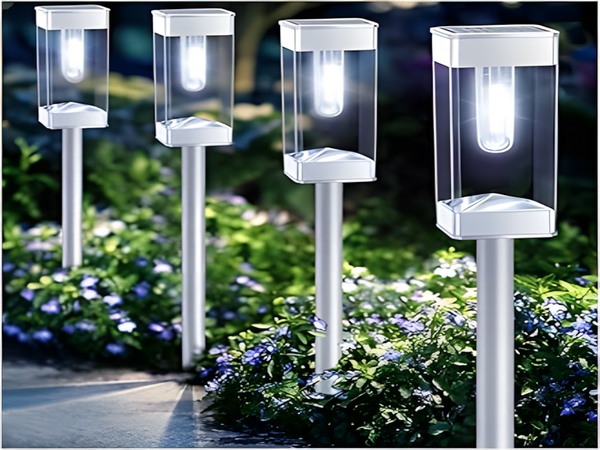
In recent years, LED lighting has been widely adopted, and many people are curious about the characteristics of LED street lights. Below, we will analyze this issue.
1. The main difference between LED street lights and traditional street lights lies in the light source. LED lights are powered by low-voltage direct current, utilizing high-efficiency light generated from the combination of GaN-based blue light and yellow light. They offer unique advantages such as high efficiency, safety, energy-saving, environmental friendliness, long lifespan, fast response time, and high color rendering values. LED street lights are particularly suitable for roadways, providing efficient illumination without the need for light diffusion.

2. LED street lights feature unique secondary optical design. The light emitted by LED lights can effectively illuminate specific areas, achieving energy-saving results. The overall luminous efficiency of LED street lights surpasses that of high-pressure sodium lamps. Moreover, LED street lights can be combined with lenses, which help control the range of illumination and further enhance lighting efficiency.

3. The color rendering index of LED street lights is higher than that of high-pressure sodium lamps, which have a color rendering index of around 23, while LED street lights can exceed 75. From the perspective of visual psychology, the brightness of LED street lights is, on average, more than 20% lower than that of high-pressure sodium lamps. Light decay is also one of the advantages of LED street lights; their light decay rate within the first 12 months is less than 3%, and they can still meet road lighting requirements after ten years, whereas high-pressure sodium lights decline by over 30% in about a year. The design of LED street lights can outshine that of high-pressure sodium lamps.
This concludes the introduction of LED street lights’ characteristics. It is evident that compared to traditional street lighting, LED street lights offer significant advantages.



